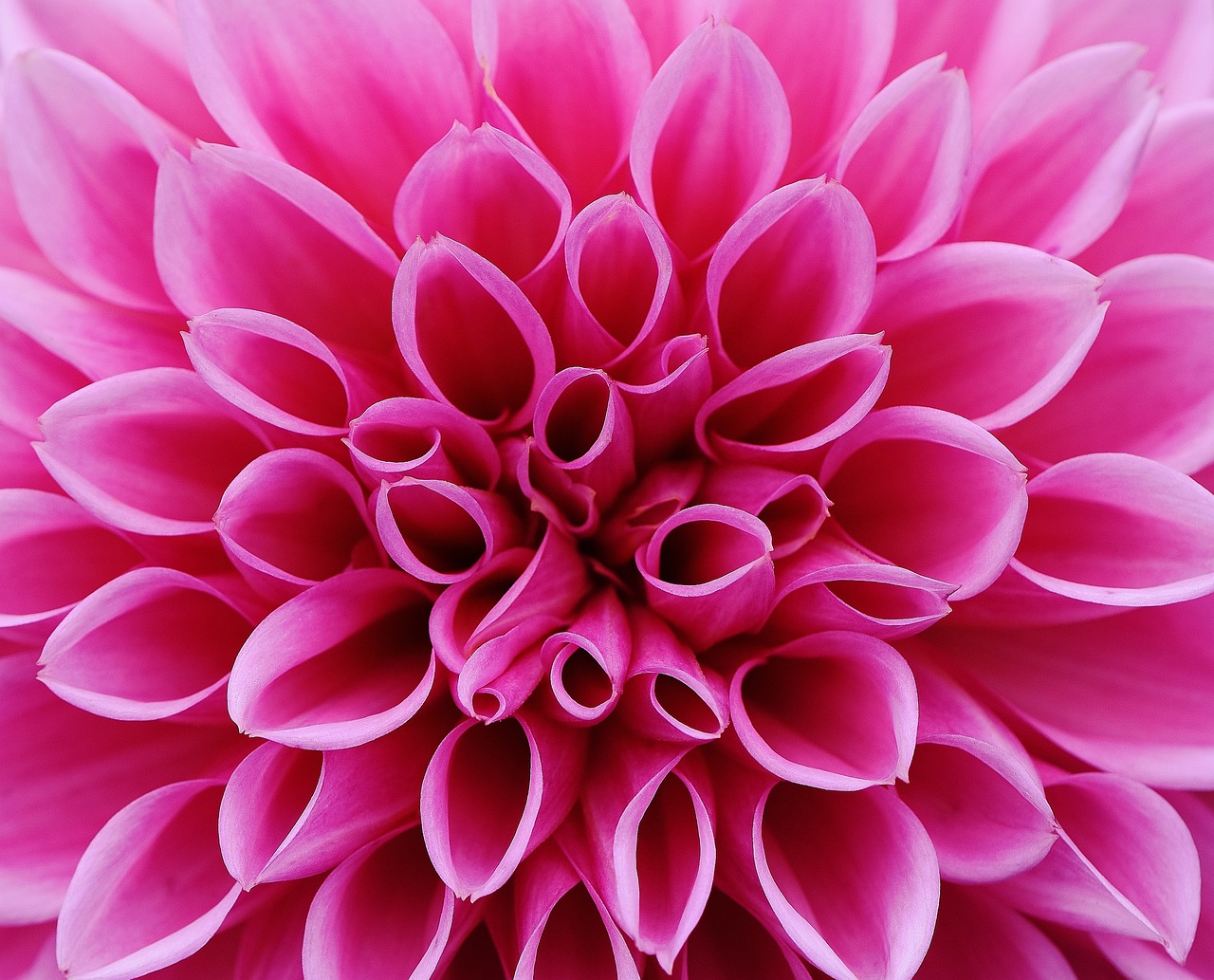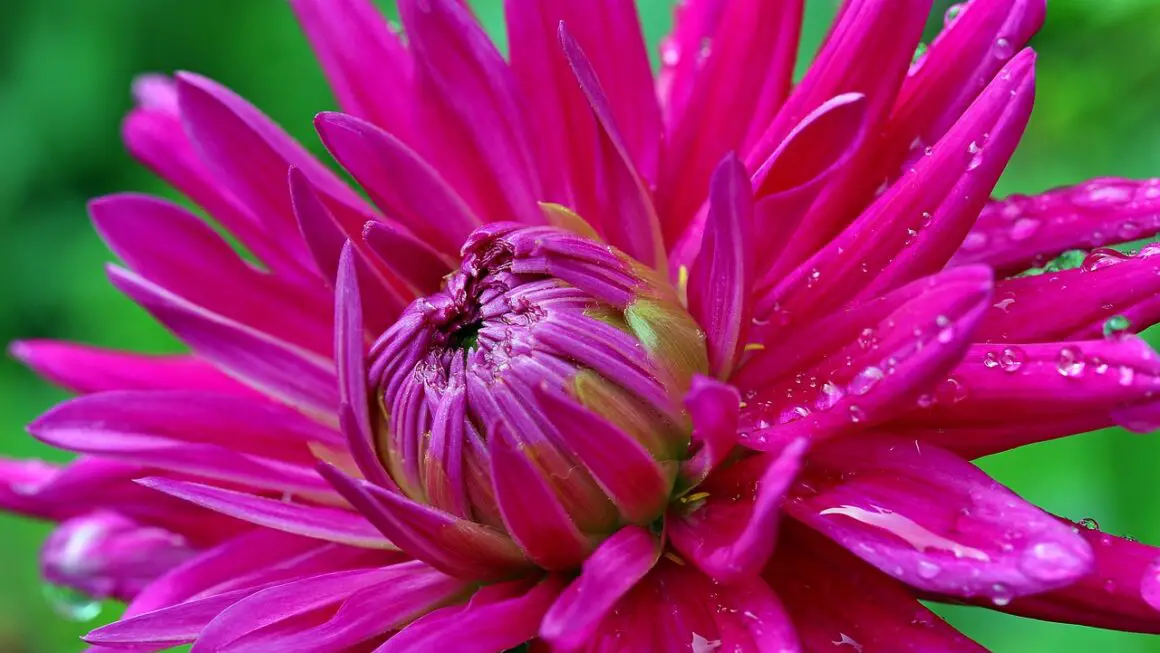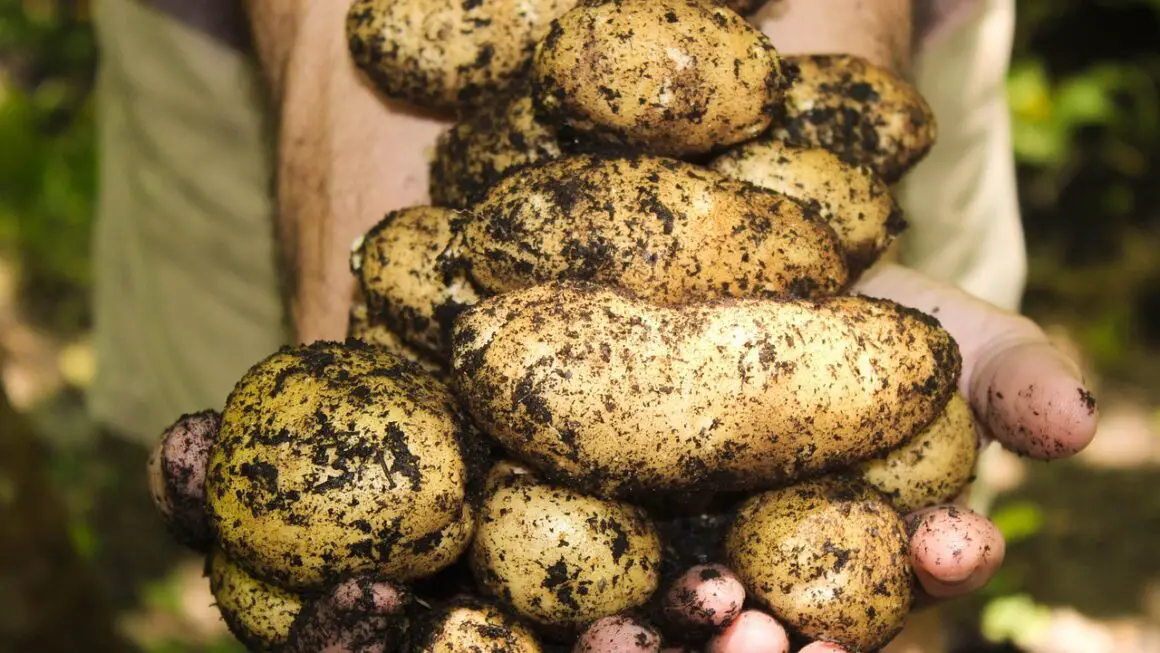Gardening: it’s more than just a hobby; it’s a therapeutic activity, a source of fresh produce, and a way to connect with nature. Whether you have a sprawling backyard or a small balcony, the joys of gardening are accessible to everyone. This guide will walk you through the essential aspects of gardening, from planning your garden to harvesting your bounty. So, grab your gloves, and let’s dig in!
Planning Your Garden
Assessing Your Space and Climate
Before you even think about seeds, take a critical look at your available space and local climate. Understanding these factors is crucial for success.
- Sunlight: Different plants require varying amounts of sunlight. Most vegetables need at least 6-8 hours of direct sunlight per day. Observe your garden area throughout the day to determine sun patterns.
- Soil Type: The type of soil you have will significantly impact plant growth. Loam soil, a balanced mix of sand, silt, and clay, is ideal. Conduct a soil test to determine its pH and nutrient levels. You can purchase a soil testing kit or send a sample to your local agricultural extension office.
- Climate Zone: Knowing your USDA Plant Hardiness Zone will help you choose plants that are likely to thrive in your area. This zone indicates the average minimum winter temperature.
- Space Limitations: If you have limited space, consider container gardening or vertical gardening. Even a small balcony can become a thriving garden with the right planning.
- Example: If you live in a sunny climate with sandy soil, consider drought-tolerant plants like lavender, rosemary, and succulents. Amend the soil with compost to improve water retention.
Choosing What to Grow
Decide what you want to grow based on your preferences, needs, and the conditions of your garden.
- Vegetables: Popular choices include tomatoes, peppers, lettuce, and herbs. Consider growing what you frequently eat to save money and enjoy fresh produce.
- Fruits: Strawberries, blueberries, and raspberries are relatively easy to grow in many climates.
- Flowers: Add beauty and attract pollinators to your garden by planting flowers like zinnias, sunflowers, and marigolds.
- Companion Planting: Pairing certain plants together can improve growth and deter pests. For example, planting basil near tomatoes can improve tomato flavor and repel insects. Carrots and onions are another beneficial pairing, as onions deter carrot root flies.
- Practical Tip: Start small! Don’t overwhelm yourself with too many plants, especially if you’re a beginner. Choose a few easy-to-grow varieties and expand as you gain experience.
Preparing the Soil
Soil Testing and Amendment
Healthy soil is the foundation of a successful garden. Testing and amending your soil is crucial.
- Soil Testing: As mentioned earlier, a soil test will reveal the pH level and nutrient content. Aim for a pH between 6.0 and 7.0 for most plants.
- Amending the Soil: Based on your soil test results, you may need to amend the soil.
Compost: A fantastic all-around soil amendment that improves drainage, aeration, and nutrient content.
Manure: Well-rotted manure adds essential nutrients and improves soil structure.
Peat Moss: Improves water retention in sandy soils.
Lime: Raises the pH of acidic soils.
Sulfur: Lowers the pH of alkaline soils.
- Data: According to a study by the Rodale Institute, soils amended with compost can retain up to 20% more water than soils without compost.
Tilling or No-Till Gardening
Choose a method for preparing your garden bed.
- Tilling: Involves turning over the soil to loosen it and incorporate amendments. This can be beneficial for breaking up compacted soil but can also disrupt soil structure and kill beneficial microorganisms.
- No-Till Gardening: A more sustainable approach that involves adding a layer of compost or other organic matter on top of the soil without disturbing it. This method preserves soil structure and promotes healthy soil ecosystems.
- Example: If you have heavy clay soil, tilling and incorporating compost can significantly improve drainage and aeration. However, if your soil is already healthy, no-till gardening may be a better option.
Planting and Growing
Starting Seeds vs. Buying Transplants
Decide whether to start seeds indoors or buy transplants from a nursery.
- Starting Seeds Indoors: Allows you to get a head start on the growing season, especially for plants that require a long growing period. You’ll need seed trays, potting mix, and a grow light.
- Buying Transplants: A convenient option for beginners, as the plants are already established. Choose healthy-looking transplants with no signs of pests or diseases.
- Example: Tomatoes, peppers, and eggplants are often started indoors in colder climates to give them a longer growing season. Lettuce and radishes, on the other hand, can be directly sown into the garden.
Planting Techniques
Proper planting techniques are essential for plant survival and growth.
- Planting Depth: Follow the instructions on the seed packet or plant label. Planting too deep or too shallow can hinder growth.
- Spacing: Give plants enough space to grow. Overcrowding can lead to competition for resources and increase the risk of disease.
- Watering: Water thoroughly after planting.
- Mulching: Apply a layer of mulch around plants to retain moisture, suppress weeds, and regulate soil temperature. Organic mulches like straw, wood chips, and shredded leaves are beneficial.
- Actionable Takeaway: Always research the specific needs of each plant you are growing.
Watering and Fertilizing
Proper watering and fertilization are crucial for healthy plant growth.
- Watering: Water deeply and less frequently, rather than shallow and often. This encourages deep root growth. Water in the morning to allow foliage to dry before nightfall, reducing the risk of fungal diseases. Use a soaker hose or drip irrigation to deliver water directly to the roots.
- Fertilizing: Use a balanced fertilizer or one specifically formulated for the type of plant you are growing. Avoid over-fertilizing, as this can damage plants. Organic fertilizers like compost tea and fish emulsion are excellent options.
- Statistics: According to the EPA, overwatering is a common mistake that can lead to root rot and other plant problems.
Pest and Disease Management
Identifying Common Pests and Diseases
Learn to recognize common garden pests and diseases.
- Insects: Aphids, caterpillars, squash bugs, and tomato hornworms are common garden pests.
- Diseases: Powdery mildew, blight, and root rot are common plant diseases.
- Example: Aphids are small, sap-sucking insects that can cause curled leaves and stunted growth. Powdery mildew is a fungal disease that appears as a white powder on leaves.
Organic Pest and Disease Control
Use organic methods to control pests and diseases.
- Handpicking: Remove pests by hand.
- Insecticidal Soap: Effective against aphids, spider mites, and other soft-bodied insects.
- Neem Oil: A broad-spectrum insecticide and fungicide.
- Beneficial Insects: Introduce beneficial insects like ladybugs and lacewings to control pests.
- Crop Rotation: Rotate crops each year to prevent the buildup of soilborne pests and diseases.
- Good Sanitation: Remove diseased plant material to prevent the spread of disease.
- Practical Tip: Regular inspection of your plants is key to catching pest and disease problems early.
Conclusion
Gardening is a rewarding journey that brings you closer to nature and provides you with fresh, healthy produce. By following the tips and guidelines in this guide, you can create a thriving garden, regardless of your experience level or available space. Remember to start small, be patient, and enjoy the process. Happy gardening!



